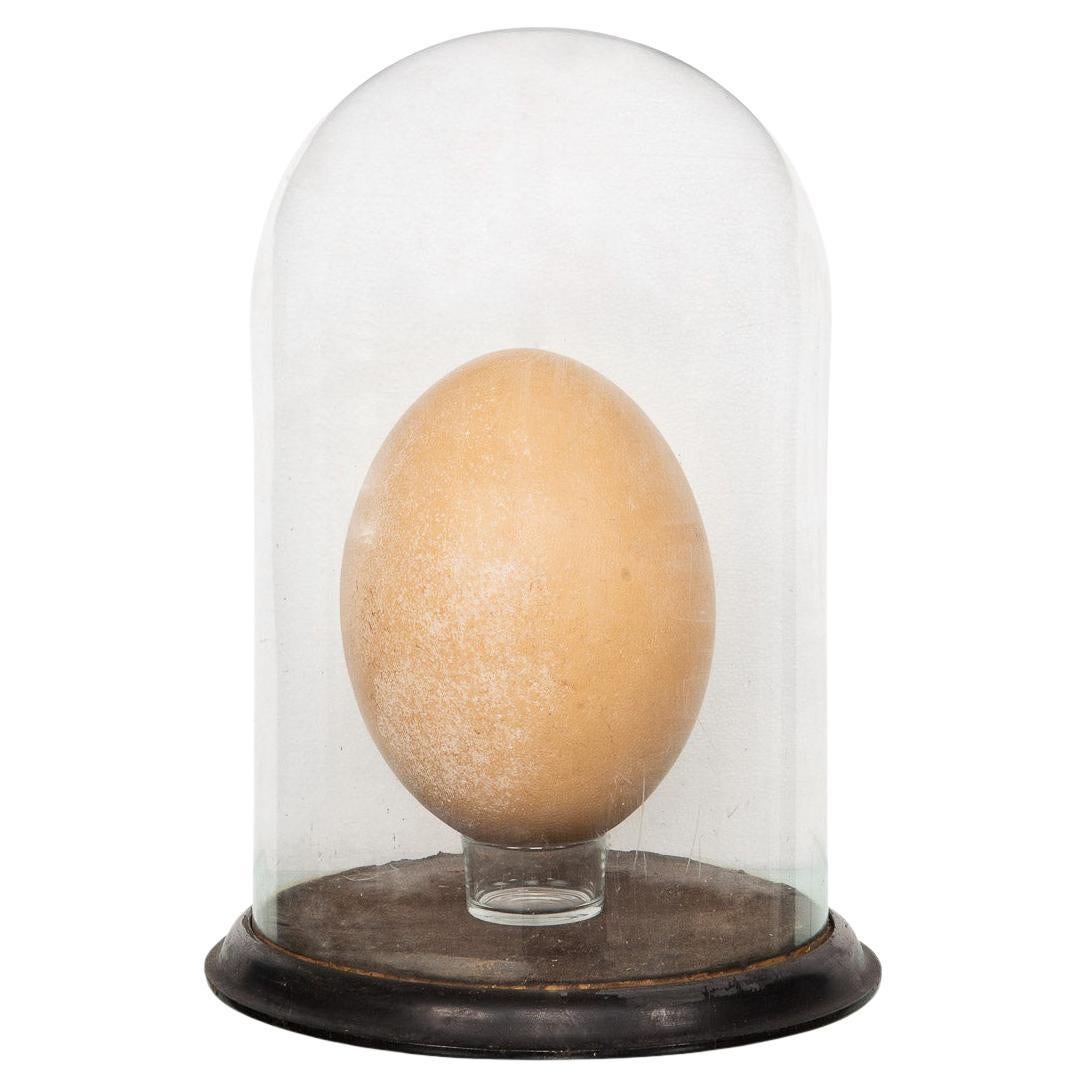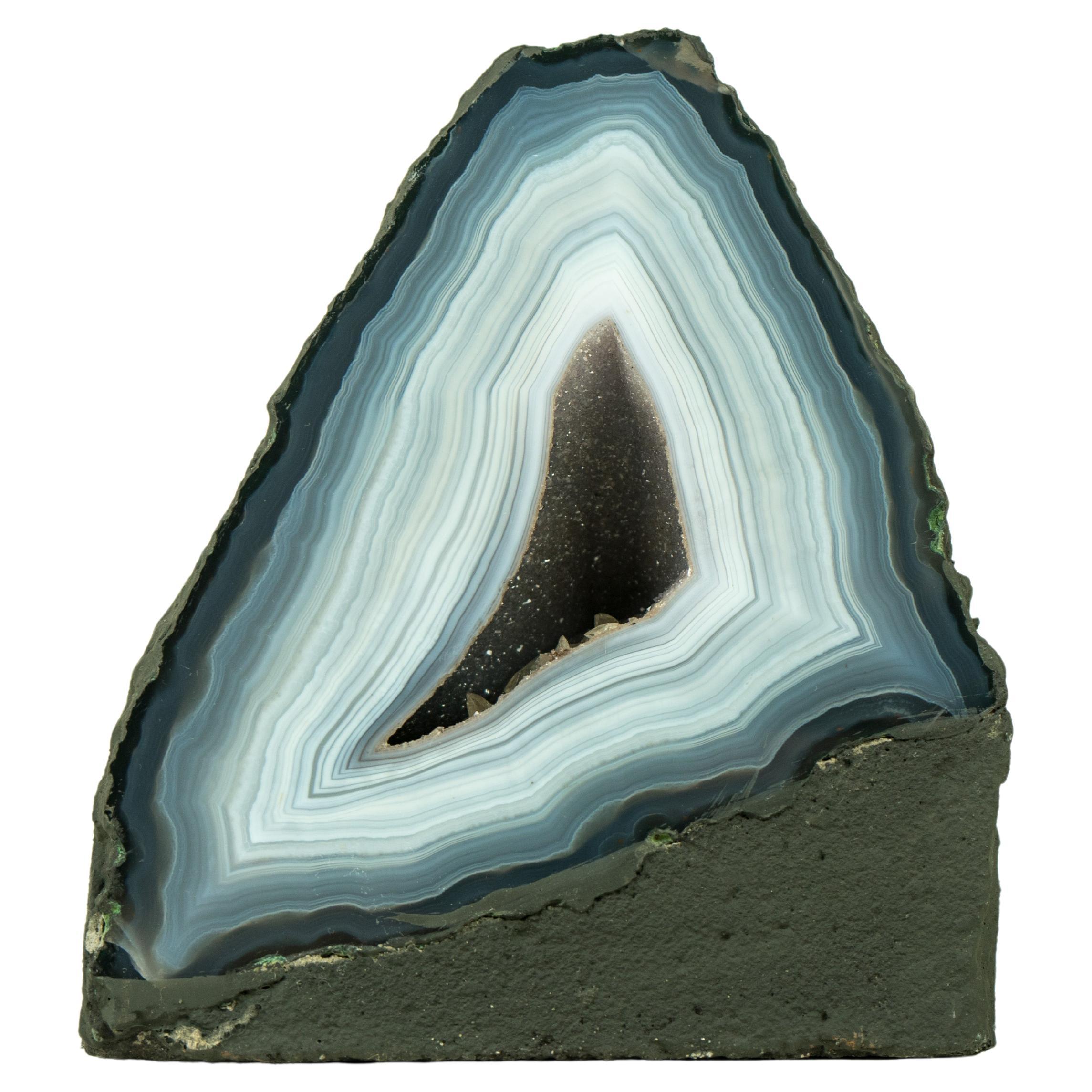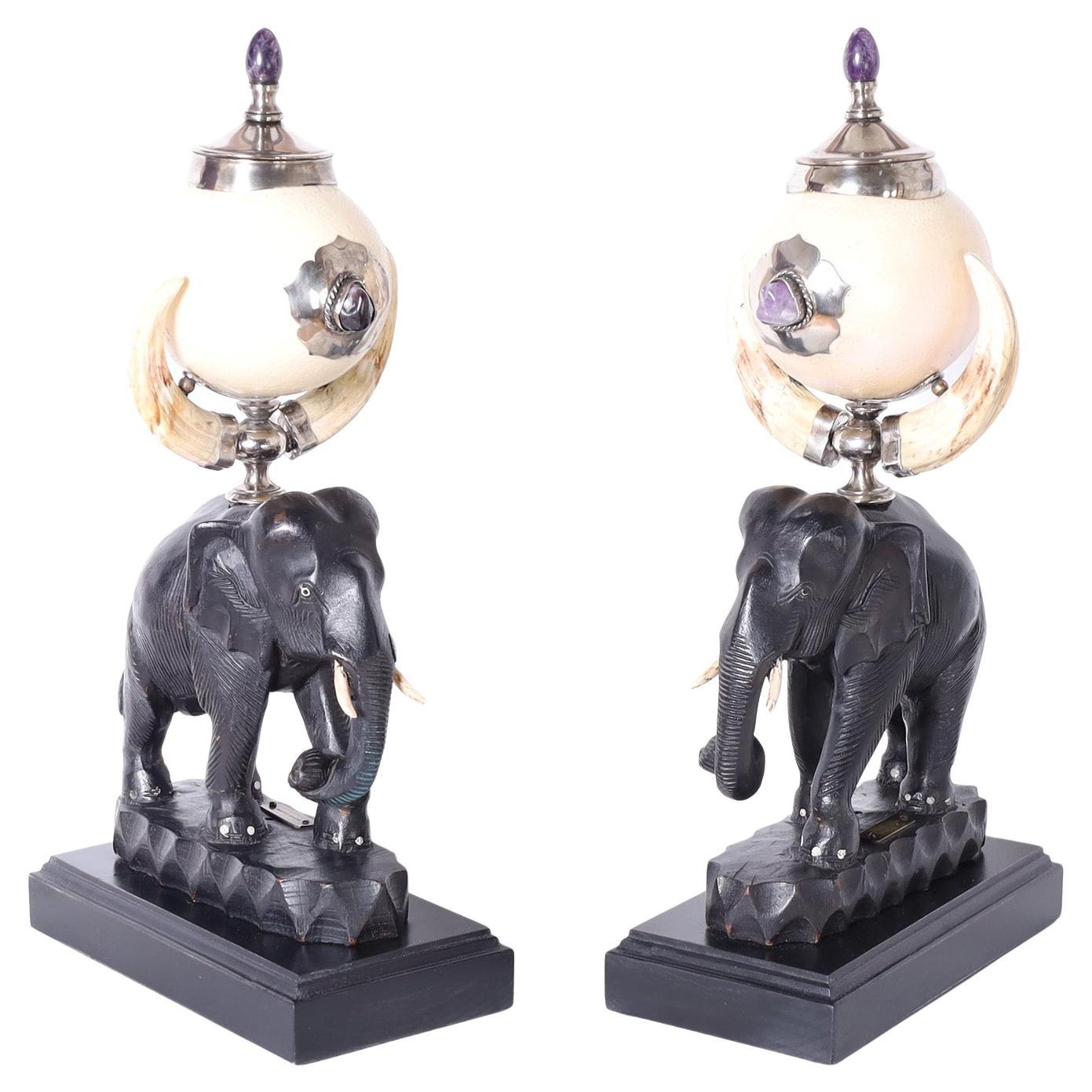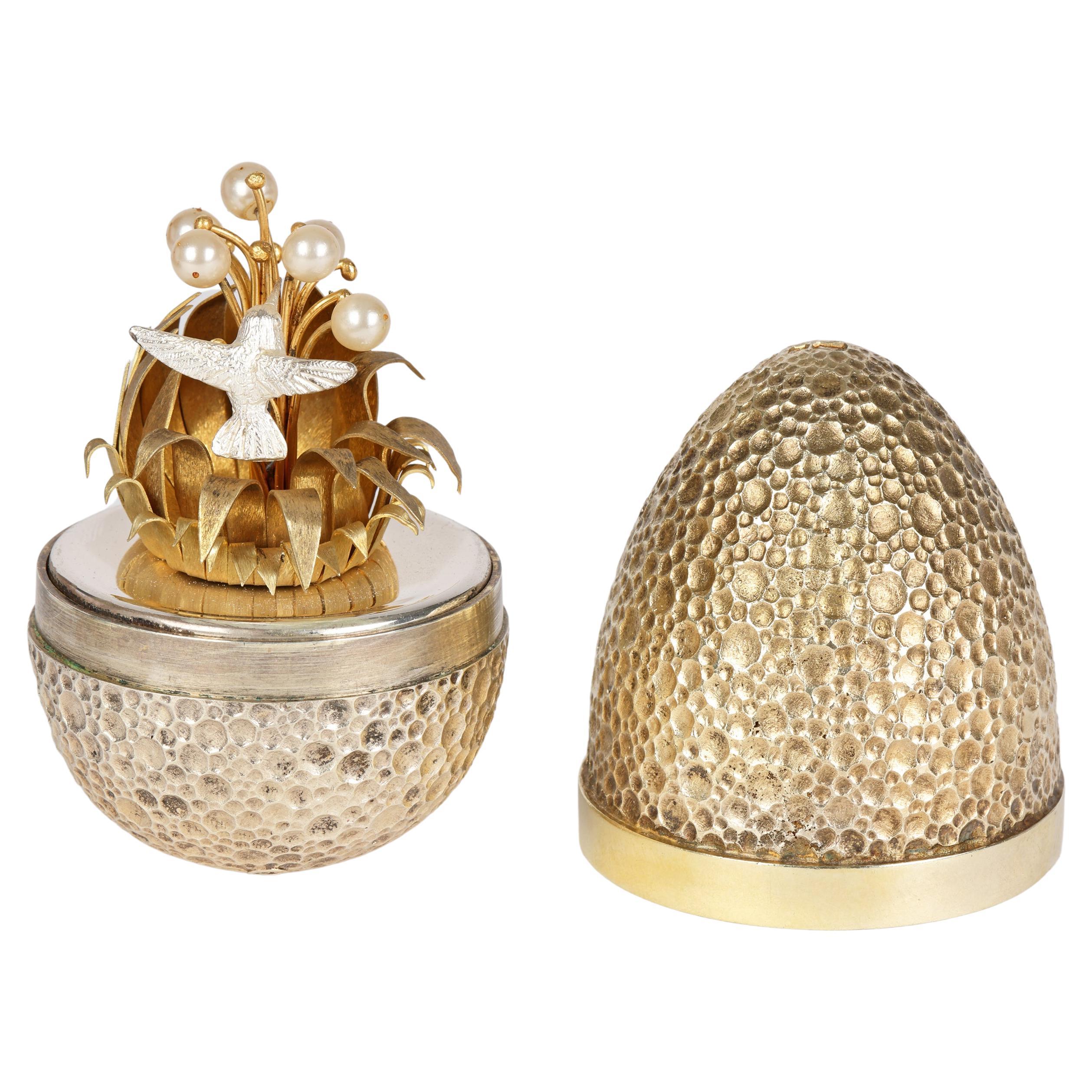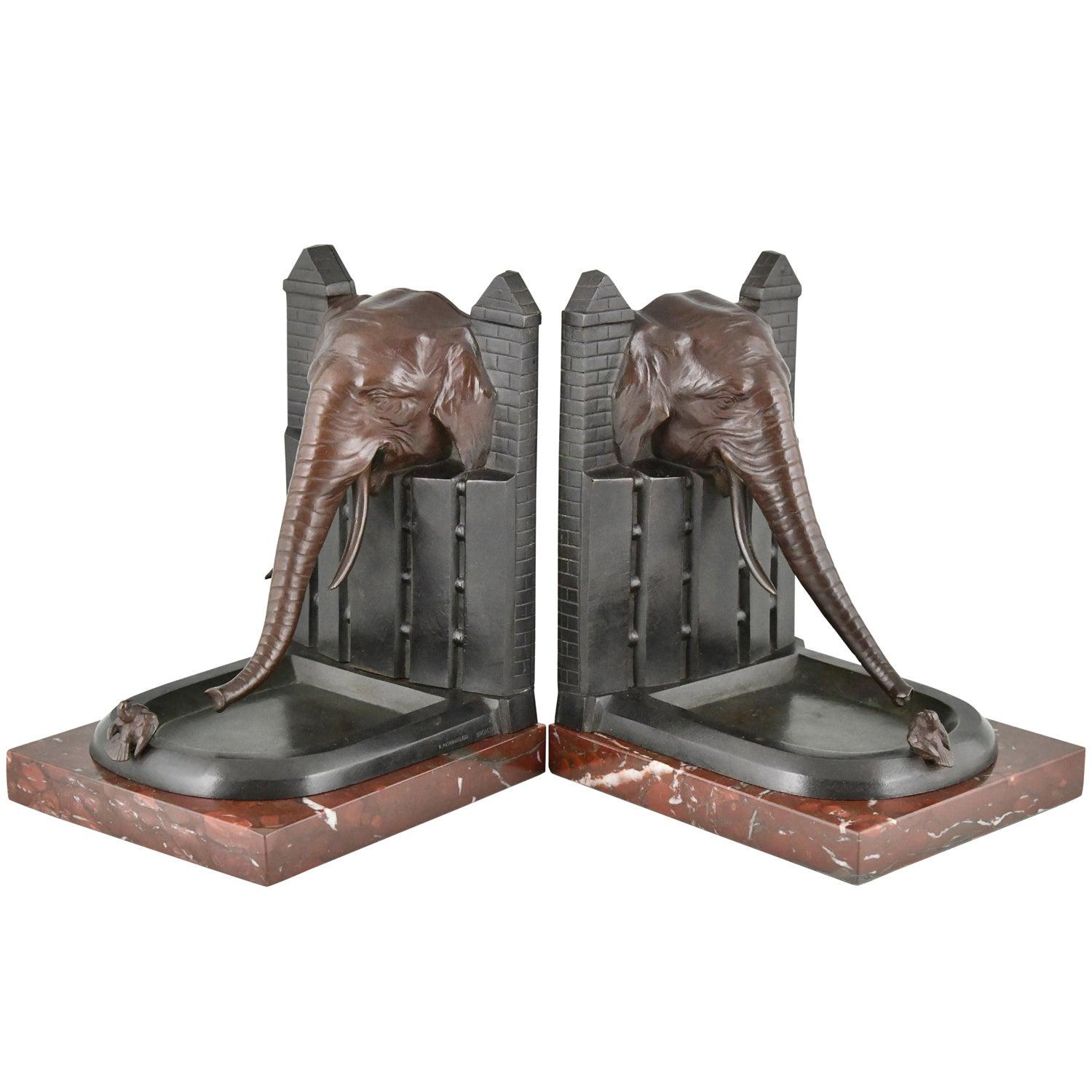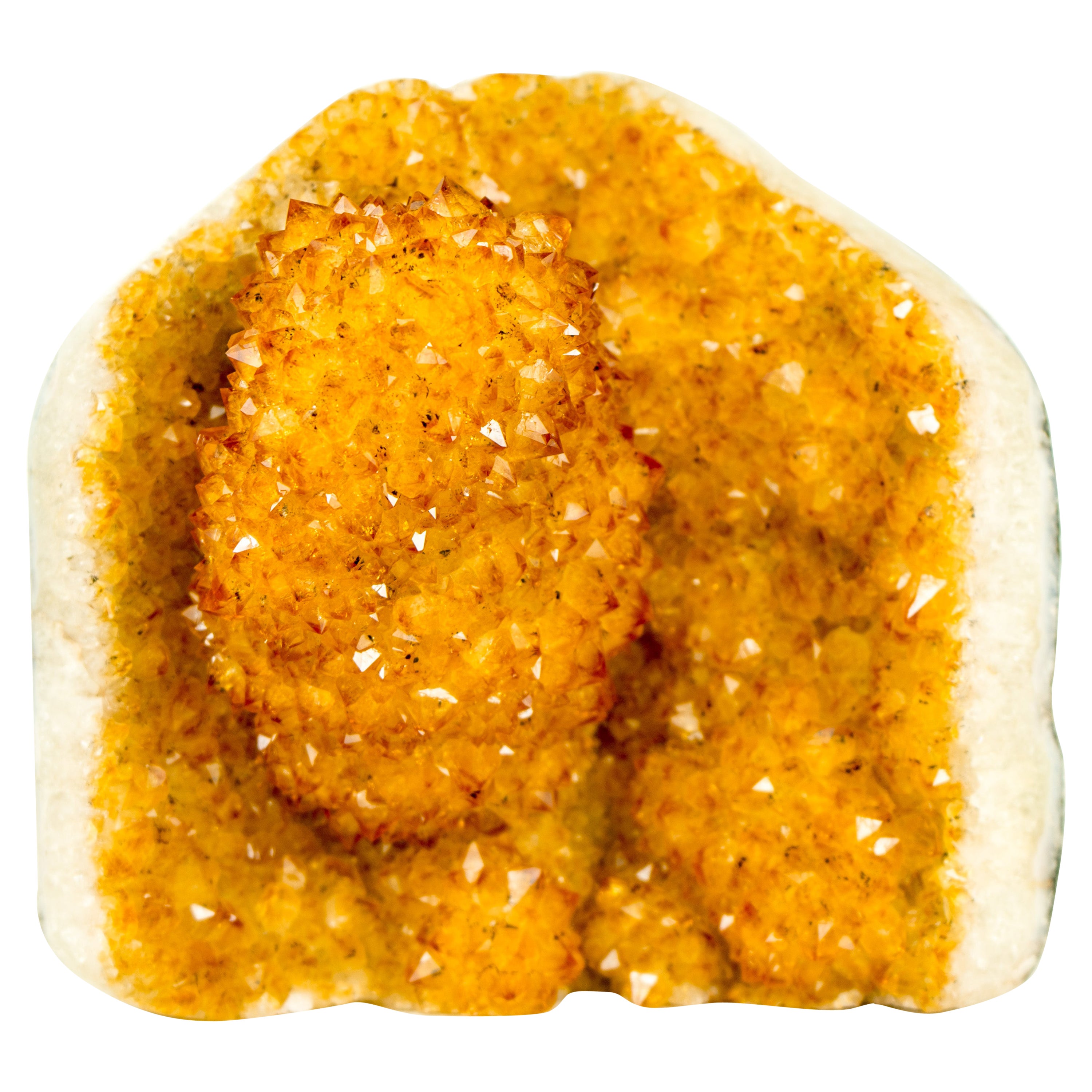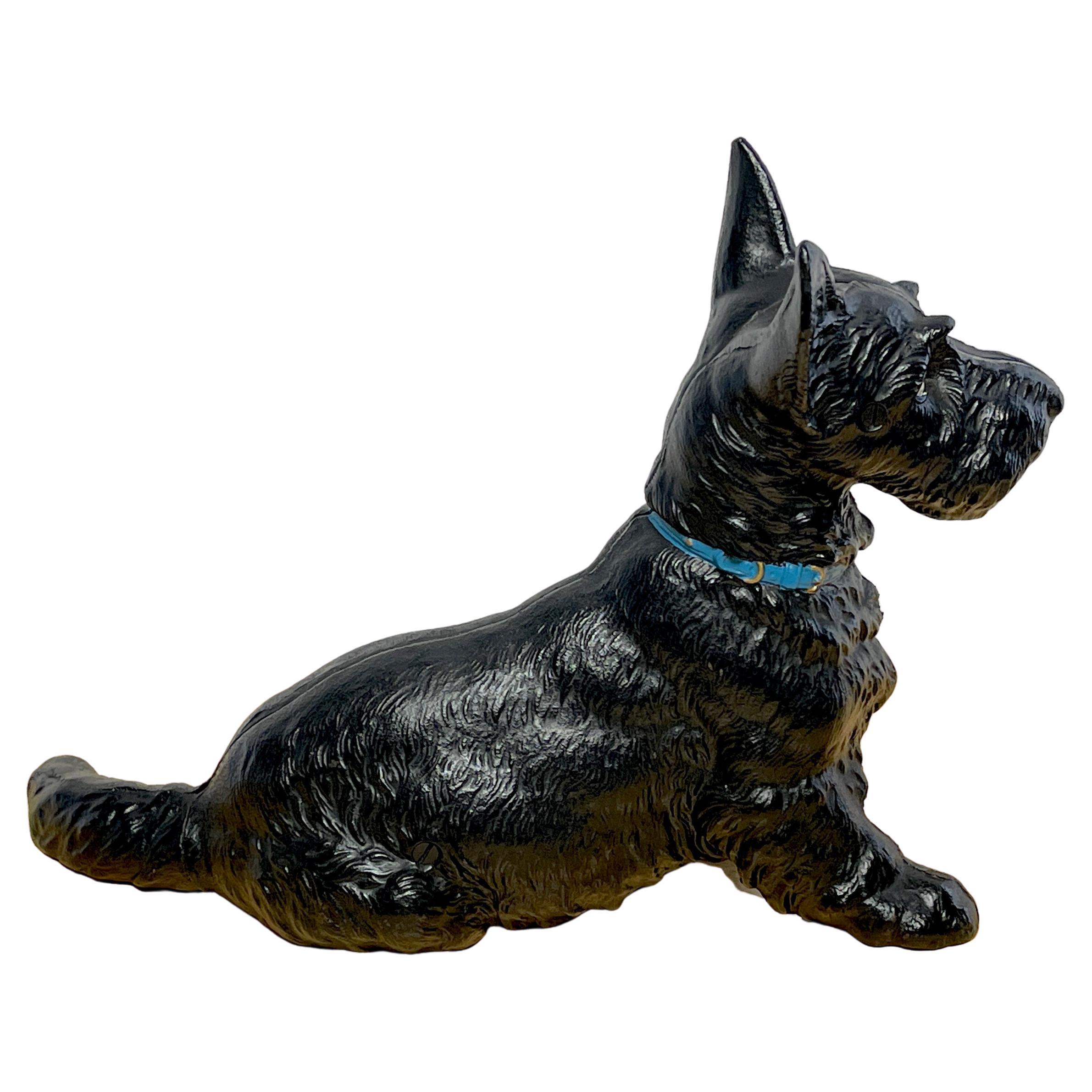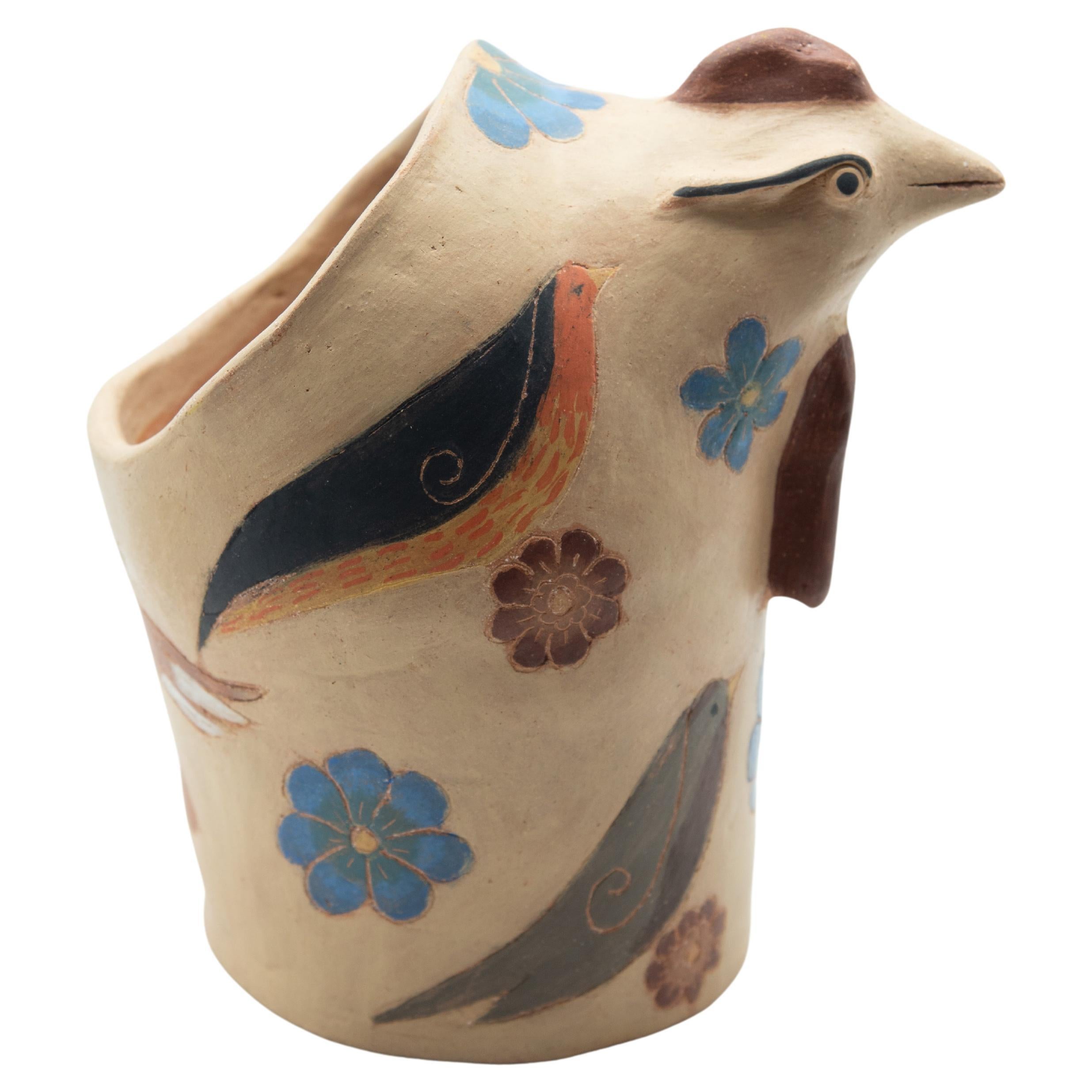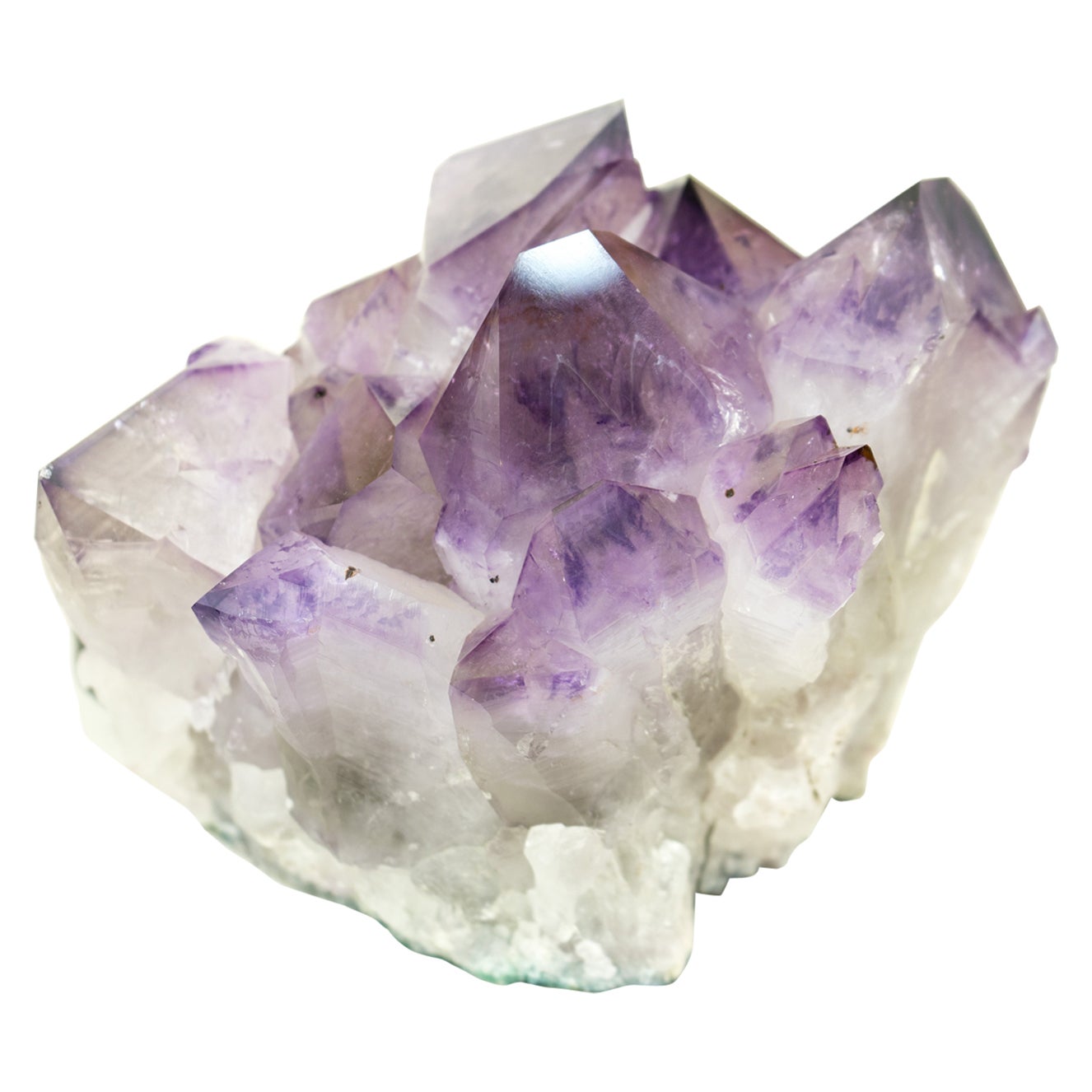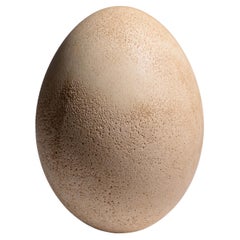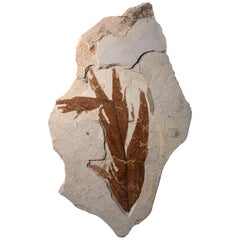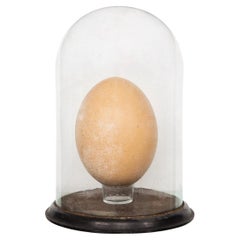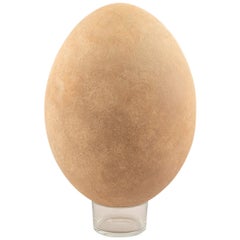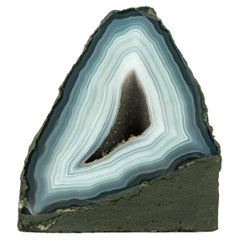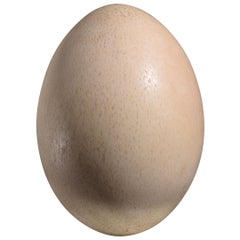
Largest Egg Ever Laid - Intact Elephant Bird Egg
View Similar Items
Video Loading
Want more images or videos?
Request additional images or videos from the seller
1 of 13
Largest Egg Ever Laid - Intact Elephant Bird Egg
About the Item
- Dimensions:Height: 12.41 in (31.5 cm)Diameter: 28.35 in (72 cm)
- Materials and Techniques:
- Place of Origin:
- Period:
- Date of Manufacture:Before 1650
- Condition:
- Seller Location:London, GB
- Reference Number:1stDibs: LU1052217491262
About the Seller
5.0
Recognized Seller
These prestigious sellers are industry leaders and represent the highest echelon for item quality and design.
Established in 2008
1stDibs seller since 2014
100 sales on 1stDibs
Typical response time: 8 hours
Associations
LAPADA - The Association of Arts & Antiques DealersInternational Confederation of Art and Antique Dealers' AssociationsThe British Antique Dealers' Association
More From This SellerView All
- Giant Egg of the Extinct 'Elephant Bird'Located in London, GBAn exceptionally well preserved, unhatched egg of the Giant elephant bird, Aepyornis maximus. The now-extinct Aepyornis maximus, or elephant bird, wa...Category
Antique 15th Century and Earlier Malagasy Natural Specimens
MaterialsEggshell
- Petrified Incense Cedar Wood FossilLocated in London, GBThis spectacular cross section of petrified cedar wood comes from Saddle Mountain, Washington. It is remarkably large with a wonderful and highly aesthetic shape, exhibiting vibrant ...Category
Antique 15th Century and Earlier Natural Specimens
MaterialsPetrified Wood
- Large Leaf Fossil from the Green River FormationLocated in London, GBA large and beautifully preserved fossilised leaf from the Green River formation, a site which has brought forth some of the best-preserved fossi...Category
Antique 15th Century and Earlier North American Wall-mounted Sculptures
MaterialsOther
- Exceptional Egyptian Sarcophagus MaskLocated in London, GBExceptionally Fine Wooden Sarcophagus Mask Third Intermediate Period, 21st Dynasty, circa 1069-945 BC. Acacia wood, rosewood, hippopotamus ivory Masterfully carved from a single piece of fine-grained hardwood, the present mask is characteristic of the most exquisite funerary art made during the 21st Dynasty, and was probably commissioned for a particularly high-ranking individual. The oval face displays a gently smiling mouth with full, outlined lips, furrows at the corners and a bow-shaped philtrum. The straight nose with rounded nostrils, the cheeks full and fleshy and the large, almond shaped eyes with heavy lids and tapering cosmetic lines, set below long, sweeping eyebrows. Social collapse across the Mediterranean in the Late Bronze Age meant that the 21st Dynasty in Egypt was a period of great turmoil. Trade routes were disrupted, governments collapsed, and mass migration occurred. Economic scarcity meant that traditional funerary practices in Egypt were also affected, with a lack of material and financial resources leading to the reuse of preexisting material. As a result, during the 21st Dynasty, 19th and 20th Dynasty coffins changed ownership rapidly and were heavily recycled for new purposes. Tombs were also unmarked allowing them to be shared by many people. These new practices brought forth a shift in the understanding of funerary paraphernalia. No longer important objects owned forever by the deceased, they were now simply seen as short-term transformative devices, whose symbolic and ritualistic meaning could be appropriated for others. However, paradoxically, the art of coffin-making also reached new heights during this period, and many of the richly dec- orated “yellow” coffins, characteristic of the 21st Dynasty, are remarkable works of art in their own right. Indeed, knowing that coffins were being reused throughout Egypt, the Egyptian élite set themself apart by commissioning lavish sarcophagi decorated with the images and texts meant to help guide them to the afterlife, and which would otherwise have adorned the tomb walls. As coffins were the chief funerary element which now identified the dead and allowed them a physical presence in the world of the living, their quality and appearance were of the utmost importance. The traditional coffin ensemble was made of three parts: a wooden mummy cover, which laid directly atop the mummy, an inner coffin, and an outer coffin, both made of a lid and case. Additional decorative elements, such as masks, were carved out separately and later glued or pegged to the lids. After the completion of the painted decoration, the sarcophagus was covered in a varnish to give it its yellow colour. Gilding was sometimes used for the coffins of the high priests’ families, notably on parts representing naked skin, such as the face mask. However, some of the élite tactically avoided gilding altogether as to ensure that their coffin would not be looted. When manufacturing the inner and outer coffins, particular attention was paid to the woodwork. Displaying the skill of the carpenter, this type of funerary art has largely remained unparalleled throughout Egyptian history. The principal wood used to craft the present mask is Acacia nilotica. The evergreen Egyptian acacia was considered sacred and said to be the tree of life, the birthplace of the god Horus, as well as symbolic of Osiris, the god of the dead and resurrection. The modelling of the face in the wood is superb, but the inlays also help mark this mask out as exceptional. Inlaid eyes and eyebrows were extremely rare and reserved to the finest and most expensive coffins. Traditionally, eyes were made of calcite, obsidian, or quartz, and eyebrows of coloured glass paste or bronze. Here, the pupils, eyebrows, and cosmetic lines are inlaid with Dalbergia melanoxylon, a rare type of wood which belongs to the rosewood genus. In antiquity, however, it was known as Ebony of the Pharaohs, from the Egyptian word “hbny”, meaning dark timber, because of its black, lustrous appearance. An extremely dense and hard wood requiring significant skill to work with, ebony was a luxury material highly coveted by the pharaohs themselves, to make furniture, decorative and funerary objects. The wood was imported with great effort from the southern Land of Punt, most likely modern Sudan, Ethiopia, Djibouti, and Eritrea, alongside other luxury goods such as gold and ivory. A magnificent ebony throne, recovered in the tomb of King Tutankhamun, illustrates the incredible aesthetic potential of this material and why it was so highly valued by Egyptian royalty. Only élite members of Egyptian society could have afford- ed Ebony of the Pharaoh inlays for their funerary mask. The sclerae on the present piece were once both inlaid with hippopotamus ivory. Whiter than elephant ivory, this type of ivory is also denser, and more difficult to carve. The use of this luxury material, reputed for its gleaming appearance, enhances the lifelikeness of the eyes. For the Egyptians, hippopotamus ivory was imbued with magic powers. The hippopotamus was indeed both feared and venerated due to its aggressive behaviour. Whilst the male hippopotamus was associated with danger and chaos, the female was benevolent and invoked for protection, especially of the house and of mothers and their children, through the hippopotamus goddess Tawaret. Thus, not only was hippopotamus ivory used as an inlay and to make practical objects, such as combs and clappers, but it was also used to make talismans like apotropaic wands or knives. Made during a time of scarcity where few could afford made-to-order coffins, the present mask could have only belonged to one of the highest-ranking individuals in society. Undoubtedly one of the finest Egyptian coffin...Category
Antique 15th Century and Earlier Egyptian Egyptian Figurative Sculptures
MaterialsFruitwood, Hardwood
- Fossilised Dinosaur SkinLocated in London, GBFossilised Skin of a Brachylophosaurus Approx. 80 Million y/o An exceptional specimen of fossilised dinosaur skin, preserving the hexagonal scales of...Category
Antique 15th Century and Earlier American Natural Specimens
MaterialsStone
- Hellenistic Grotesque Theatre Mask of MaccusLocated in London, GBGrotesque theatrical mask of Maccus Late Hellenistic or Early Imperial period, circa 1st century B.C. – 1st century A.D., likely from Southern Italy. Terracotta with remains of pin...Category
Antique 15th Century and Earlier Italian Classical Roman Figurative Scul...
MaterialsTerracotta
You May Also Like
- Pre-17th Century Extremely Rare & Complete Elephant Bird Egg, MadagascarLocated in Royal Tunbridge Wells, KentAn extremely rare elephant bird egg, completely intact. The Elephant Bird, formally categorised as Aepyornis Maximus, is an enormous flightless bird ...Category
Antique Early 17th Century Malagasy Taxidermy
MaterialsEggshell
- Pre-17th Century Extremely Rare & Complete Elephant Bird Egg, MadagascarLocated in Royal Tunbridge Wells, KentAn extremely rare elephant bird egg, completely intact. The Elephant Bird, formally categorised as Aepyornis Maximus, is an enormous flightless bird ...Category
Antique Early 17th Century Malagasy Taxidermy
MaterialsEggshell
- Intact Blue and WhiteLace Agate Geode with Druzy, Intact, with Vivid Blue LacesLocated in Ametista Do Sul, BRGorgeous and featuring superb Blue and White Agate Laces (also known as Blue Lace Agate), this agate geode showcases intact and rarely-seen white and blue agate bands that encircle t...Category
2010s Brazilian Natural Specimens
MaterialsAgate, Amethyst, Crystal, Rock Crystal
- Pair of Ostrich Egg Urns on Carved ElephantsBy Anthony Redmile LondonLocated in Palm Beach, FLMid-century pair of Anthony Redmile urns crafted with an eccentric array of materials featuring amethyst stone, ostrich eggs, boar tusks and carved ebony all in a dramatic compositio...Category
20th Century English Mid-Century Modern Urns
MaterialsOstrich Eggshell, Hardwood
$13,900 / set - Stuart Devlin Silver Gilt Novelty Egg with Humming BirdBy Stuart DevlinLocated in Bishop's Stortford, HertfordshireA highly collectable and delightful silver gilt novelty egg containing a hummingbird by renowned silversmith and artist Stuart Devlin (Australian, 1931-2018) and dated 1977. Stuart D...Category
Vintage 1970s Australian Modern Abstract Sculptures
MaterialsSilver
- Art Deco Bronze Bookends Elephant with Bird R. Patrouilleau, 1925By R. PatrouilleauLocated in Antwerp, BEVery nice paire of bronze Art Deco bookends, elephant with bird. Signed R. Patrouilleau. The bronzes have a multi-color patina and are mounted on Belgian Red marble bases. Ca. 192...Category
Vintage 1920s French Art Deco Animal Sculptures
MaterialsMarble, Bronze
Recently Viewed
View AllMore Ways To Browse
Largest Egg
Egg Specimen
Ostrich Bird
The Largest Known Egg
Antique Haunted
Ostrich Egg Sculpture
Extinct Bird
Large Ostrich Egg
Elephant Bird Egg
Natural Specimens Display
Crystal Formation
Rare Agate
Mineral Specimen
Antique Furniture Market London
Crystal Mineral Object
Large Rock Sculpture
Mineral Rock
Specimen Box

